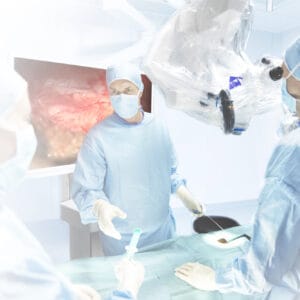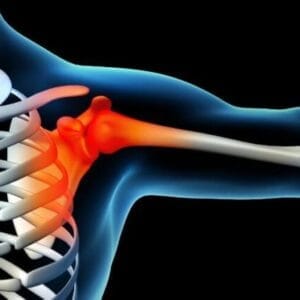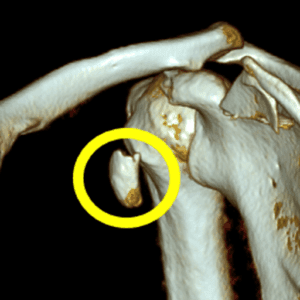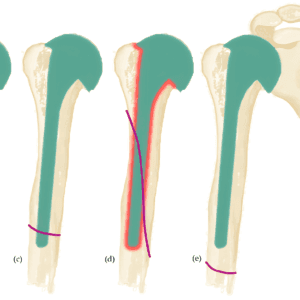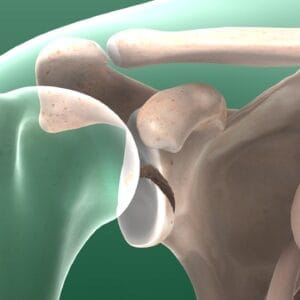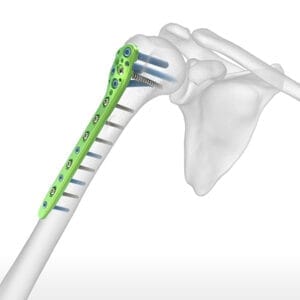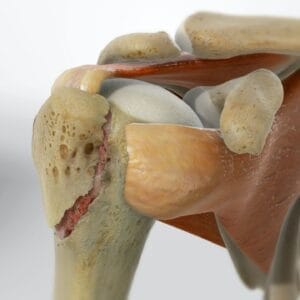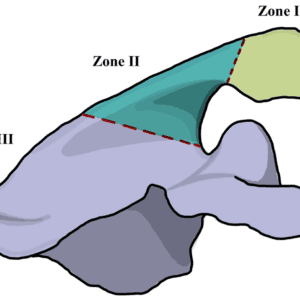Comprehensive Guide to Spinal Injections
Information for professionals Spinal.Introduction Spinal injections are a critical component of pain management strategies, particularly for individuals suffering from chronic back pain, sciatica, herniated discs, and other spine-related conditions. These injections involve delivering medication directly into the spine to reduce inflammation and alleviate pain. This comprehensive guide aims to provide detailed information about


